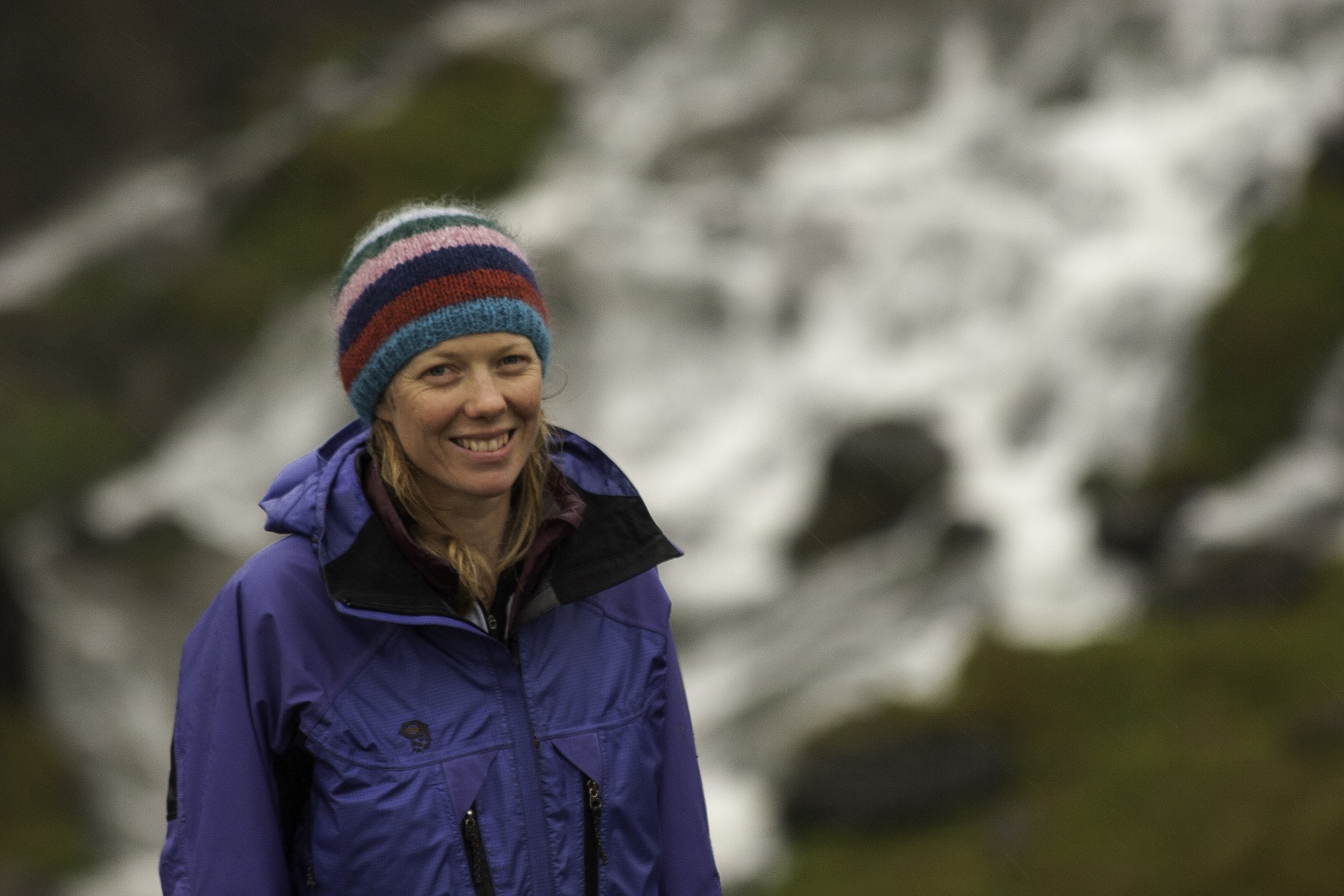Consequences of collapsing animal migrations
Speakers
Event series
Content navigation
Description

Migratory animals, in their billions, uniquely couple ecological communities across the globe. Given that most animal migrations are disappearing or are in steep decline due to human activities, there is a growing imperative to understand the consequences of these declines for ecosystem function.
Focusing on parasite transmission, I assess the ways in which migrations have mediated this process as well as how these ecological and evolutionary relationships are changing in order to start assessing the ultimate consequences of collapsing migratory flyways on a global scale.
Biography
Bethany is a disease ecologist and migration biologist, with broad interests in anything that moves and becomes infected. Her research investigates factors that influence parasite transmission, the potential for pathogens and symbionts to shape animal performance, and the causes and ecological consequences of animal migrations. She has investigated these questions in a diverse range of systems, including waterfowl infected with avian influenza across the Palearctic (PhD based in the Netherlands); shorebirds, their macroparasites, and their microbiota of the East‐Asian‐Australasian Flyway (post‐doc at Deakin University); trematodes infecting amphibians of the western United States (post‐doc at the University of Colorado); and anti-microbial resistant enterobacteriaceae infecting gulls in the Illawarra region.
Location
Eucalyptus Seminar Room (S2.05), Level 2, RN Robertson Building (46), ANU

